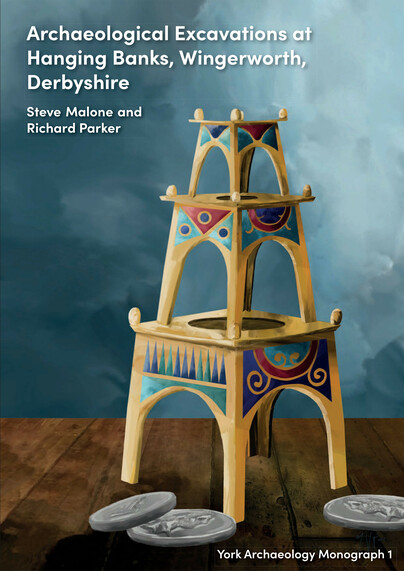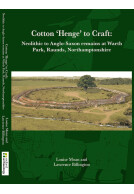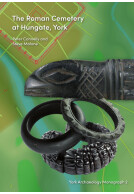Google Books previews are unavailable because you have chosen to turn off third party cookies for enhanced content. Visit our cookies page to review your cookie settings.
Archaeological Excavations at Hanging Banks, Wingerworth, Derbyshire (Paperback)
Imprint: The York Archaeological Trust
Series: York Archaeology Monograph
Pages: 134
ISBN: 9781874454731
Published: 31st December 2021
Script Academic & Professional
Series: York Archaeology Monograph
Pages: 134
ISBN: 9781874454731
Published: 31st December 2021
Script Academic & Professional
You'll be £12.00 closer to your next £10.00 credit when you purchase Archaeological Excavations at Hanging Banks, Wingerworth, Derbyshire. What's this?
+£4.99 UK Delivery or free UK delivery if order is over £40
(click here for international delivery rates)
Order within the next 51 minutes to get your order processed the next working day!
Need a currency converter? Check XE.com for live rates
(click here for international delivery rates)
Order within the next 51 minutes to get your order processed the next working day!
Need a currency converter? Check XE.com for live rates
The Iron Age and Roman site at Hanging Banks, Wingerworth lies a few miles south of Chesterfield in North East Derbyshire. The site was discovered and excavated in advance of residential development.
Occupation begins in the late Iron Age and is characterised by a series of small sub-rectangular and curvilinear ditched enclosures, a ditched trackway, round-house gullies, four-post structures and pits supporting a complex arable economy but with little evidence surviving for animal husbandry. The complete absence of ceramics and other material culture testifies to the (relative) archaeological invisibility of settlement in this period in north-east Derbyshire. Only extensive excavation supplemented by a programme of C14 dating allowed this to be well characterised.
The focus of occupation shifts towards the south into the early Roman period, the site then being comprehensively remodelled in the late 1st century AD with the construction of a large rectangular enclosure, defined by a substantial 3m-wide ditch with a single 5m-wide eastern entrance. Within were various associated features including stone foundations with pad-stone alignments and large stone-packed post holes suggestive of at least two large timber-built structures, all generally dating to the 2nd century. A number of corn-drying kilns and possible bread ovens were also identified, several deliberately placed around the periphery of the enclosure on the inner edge of the main enclosure ditch. Very little later Roman material was recovered and the site appears to have been in decline and largely out of use by the early 3rd century. The recovered artefact assemblage would not appear to point to any particularly high status, but included a rare enamelled miniature stand, a distinctively British artefact type, largely associated with temple and/or military sites.
Early medieval activity was evidenced by a single pit with a deposit of charred barley C14 dated to the 6th-7th century AD. This represents a rare finding in this area of Derbyshire, and indeed in the county as a whole, but the evidence is slight and hard to characterise, being significantly truncated by later ploughing. Roman period occupation has left abundant traces, but pre- and post-Roman occupation is much less visible in this landscape.
Customers who bought this title also bought...
Other titles in the series...
Other titles in The York Archaeological Trust...













